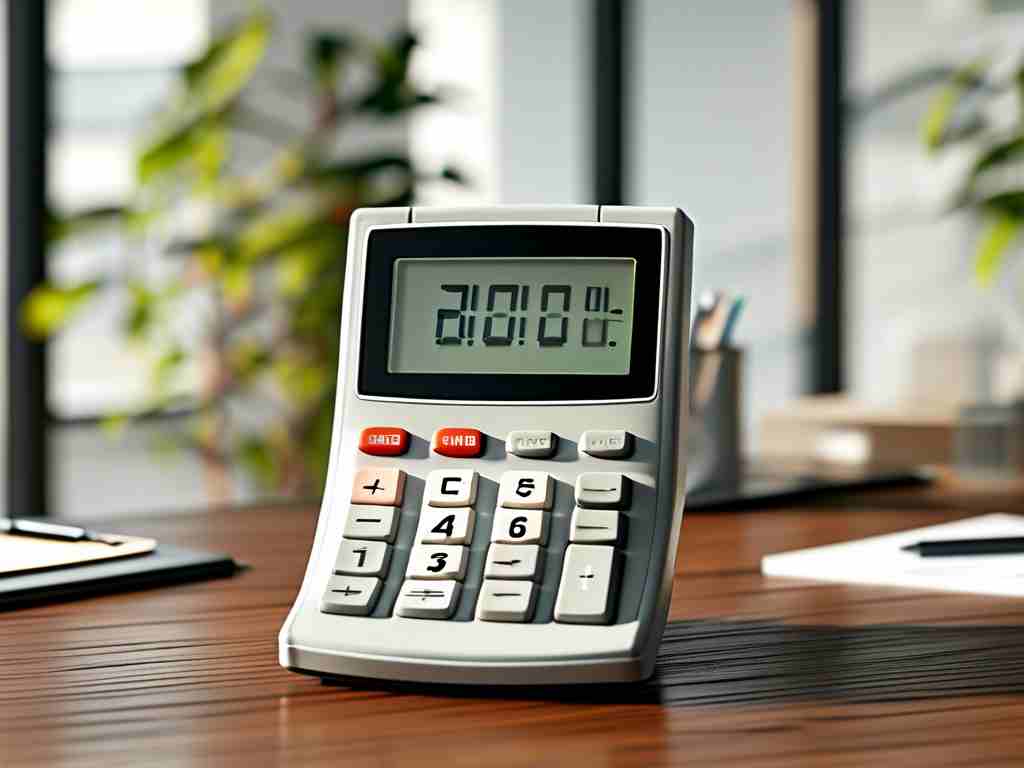Over time, calculators accumulate stored data, temporary files, and residual memory entries that can slow down performance or cause calculation errors. Whether you’re using a basic handheld device, a scientific calculator, or a graphing model, understanding how to clear its memory effectively ensures optimal functionality. This guide provides step-by-step instructions tailored to different calculator types while addressing common pitfalls and best practices for maintenance.

Why Memory Clearance Matters
Calculators rely on temporary memory storage (often called RAM or “entry memory”) to hold numbers, equations, and settings. Residual data from previous sessions can interfere with new calculations, leading to incorrect results—especially in complex tasks like graphing or statistical analysis. For students, engineers, or professionals, inaccurate outputs due to uncleared memory could compromise projects or academic work. Regular maintenance also extends the device’s lifespan by preventing software glitches.
Clearing Basic Calculators
Most basic calculators feature a dedicated reset button or a key combination. For models without a physical reset option, press the “AC” (All Clear) or “C” (Clear) button to erase recent entries. However, this may not fully clear stored constants or multi-session data. To perform a hard reset, locate the small reset pinhole on the back or side of the device. Insert a paperclip or stylus for 5–10 seconds to discharge residual power and wipe all memory. Always remove batteries afterward for 30 seconds to ensure a complete reset.
Scientific Calculator Memory Management
Advanced calculators, such as Casio fx-991EX or TI-30XS models, store variables, formulas, and application data. Navigate to the “Memory” or “Reset” menu in settings. Select “Initialize All” or “Clear Memory” to delete user-defined variables and restore factory defaults. For partial resets, use the “DEL” (Delete) function to remove specific entries. Note that system settings like angle units (degrees/radians) may also revert, so reconfigure these after clearing.
Graphing Calculator Deep Clean
Graphing calculators like the TI-84 Plus or HP Prime require more nuanced steps due to their app storage and operating systems. Access the “Memory Management” section under “Settings” to view allocated space for apps, images, and datasets. Delete unnecessary files individually or format the entire storage drive. For persistent slowdowns, reinstall the operating system using manufacturer-provided software tools. Connect the calculator to a computer via USB, download the latest OS version, and follow on-screen prompts to overwrite corrupted files.
Avoiding Common Mistakes
One frequent error is confusing “Clear Entry” (CE) with “All Clear” (AC). CE removes only the latest input, while AC erases the current session. Always verify which function your calculator uses. Additionally, avoid resetting devices during updates or data transfers, as this can corrupt firmware. For programmable calculators, back up custom scripts or formulas to a computer or cloud storage before performing a full memory wipe.
When Manual Clearing Isn’t Enough
If standard methods fail to resolve performance issues, hardware problems like a failing battery or damaged memory chip may be the cause. Replace old batteries with fresh ones, as low power can cause memory instability. For persistent glitches, contact the manufacturer’s support team or seek professional repair services.
Proactive Memory Maintenance Tips
- Periodically clear memory after intensive tasks.
- Avoid storing large datasets indefinitely.
- Update firmware to patch memory-related bugs.
- Use manufacturer-recommended cleaning tools for software-driven models.
By following these protocols, users can maintain their calculators’ accuracy and efficiency across educational, professional, or personal applications. Whether preparing for exams, engineering projects, or financial planning, a well-maintained calculator remains a reliable tool for problem-solving.

